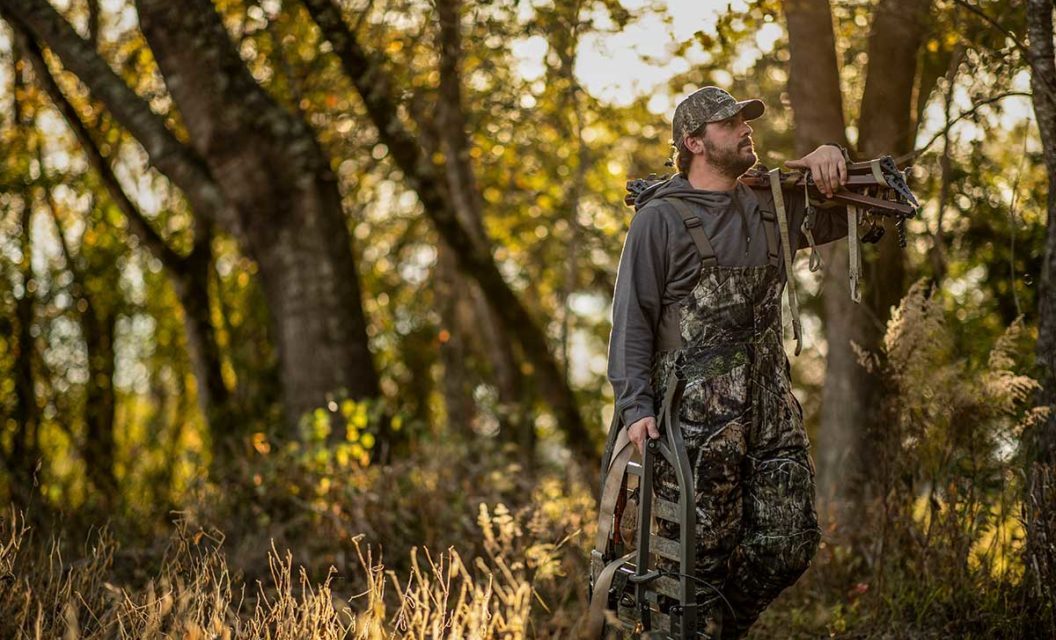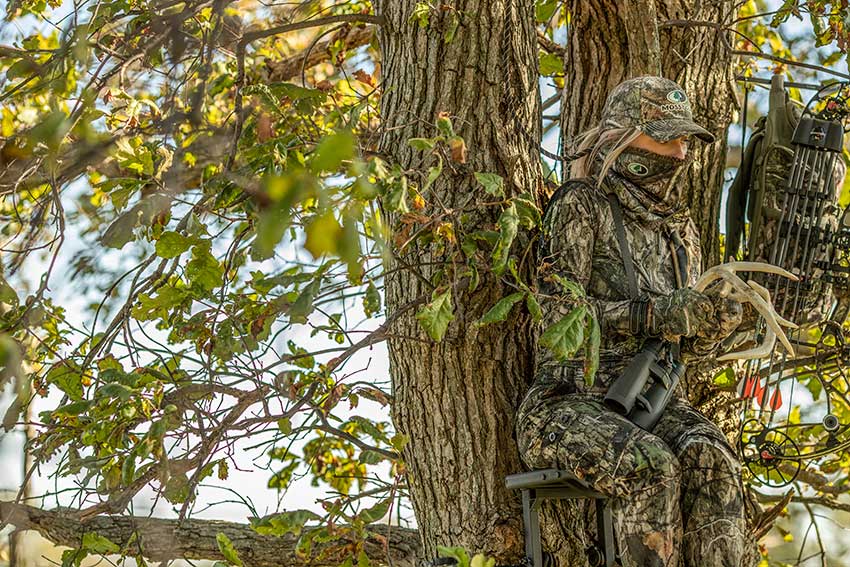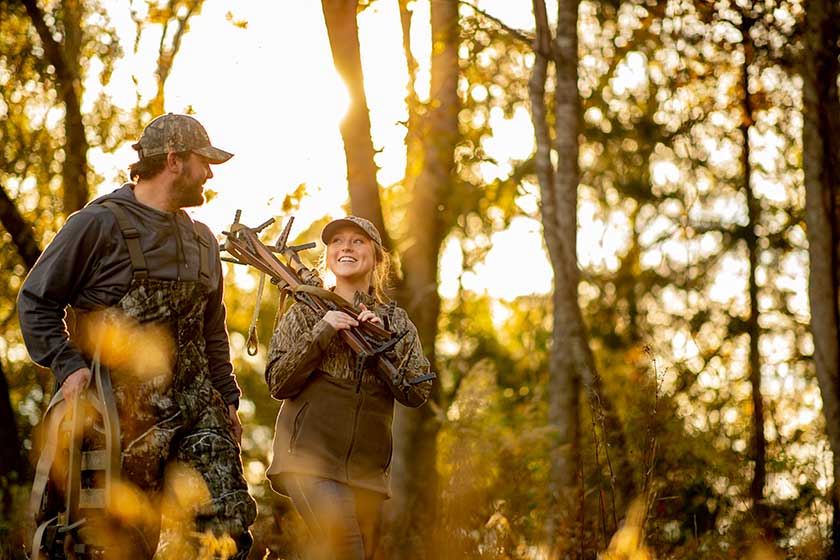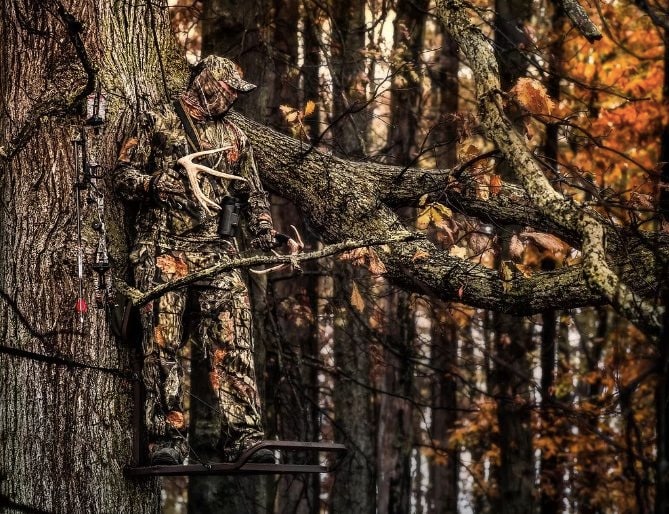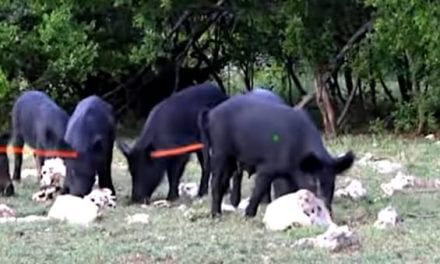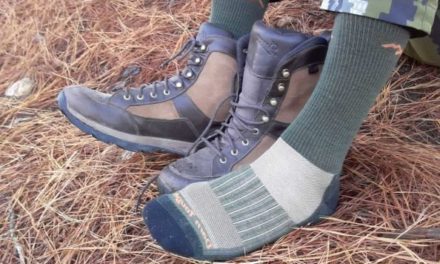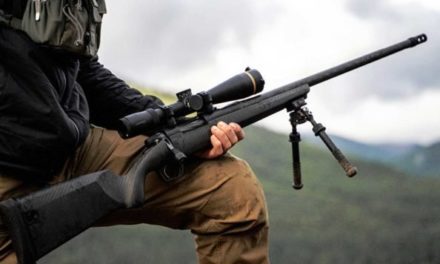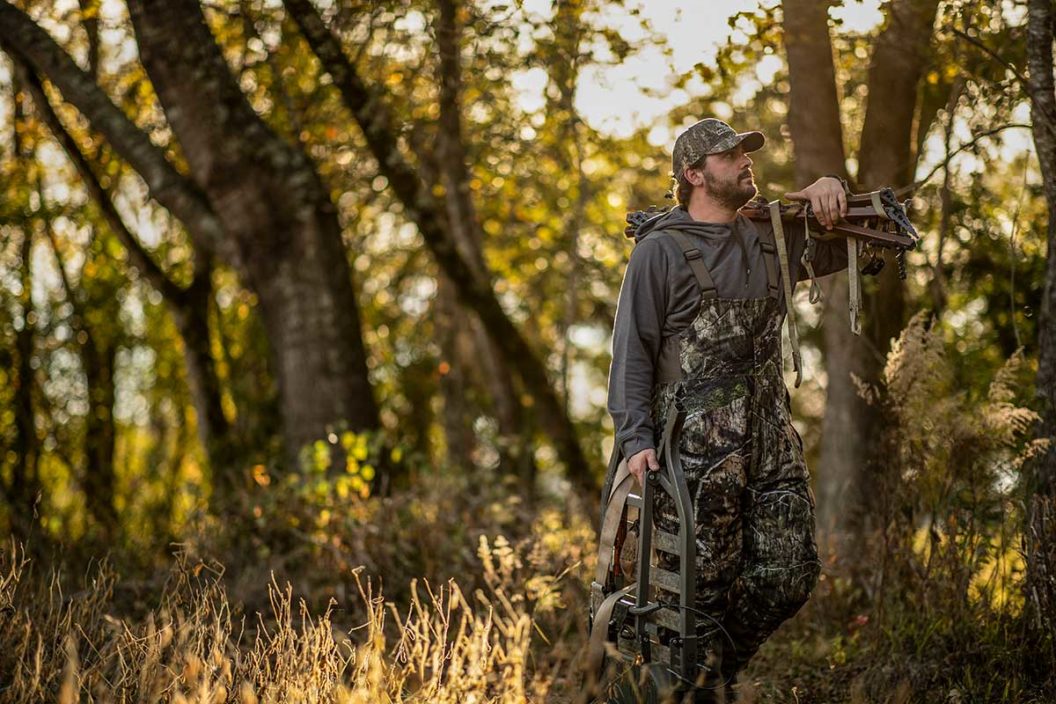
Trust me, as much as can fight the urge, you’ll want to switch treestand locations in the middle of deer season. In fact, during this season alone I have changed locations of several treestands in order to better key in on buck activity. Maybe you had an evening sit and noticed that deer are using a trail 50 yards off from where you set up. Maybe a buck that you have been patterning for weeks expanded his range as the rut draws closer. Regardless of the reason, it happens to all of us, and it’s crucial that you know how to change locations effectively, without running the risk of ruining your spot.
Whitetail hunting is a constant game of learning and adapting. Throughout the season, several changes occur that affect a whitetail’s behavior, and it’s important to be prepared. Without a game plan in place on how to adapt your setup to these consistent changes, it’s hard to be successful.
Over the years I have learned how to move setups effectively, as well as how not to do it. Years of brutal trial and error that caused spooked deer, blown opportunities, missed shots–everything you can imagine–led me to at least slightly grasp what I was doing wrong and learn how to change it for the better. Here are some tips on how to wisely move your treestands during the season, and key in on that trophy buck you’re after.
Determining If It’s the Right Move
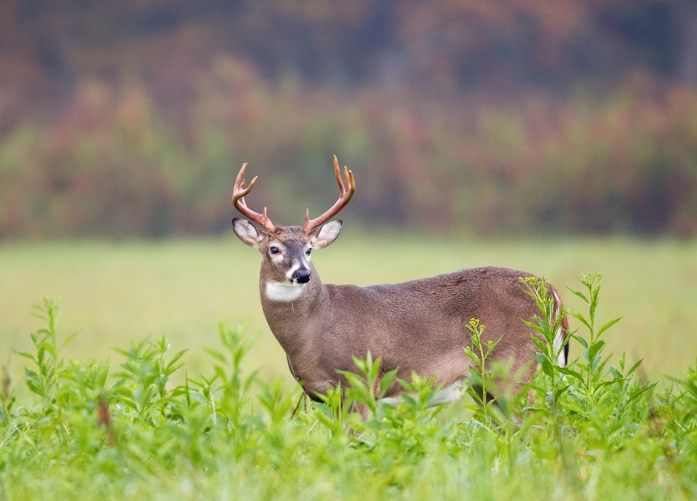
This is one you have to get out of the way quickly. It might seem like a no brainer, but this isn’t always the case. A few years ago I thought I had figured out every move of the buck I was after. He was a mature Boone and Crockett giant and he was incredibly unpredictable. After monitoring trail cameras and scouting constantly I thought I had him pinned. I set up just downwind of a scrape line that he was using within a patch of oaks. That evening, I spotted him 80 yards away cruising another heavily used trail. Frustrated and eager, I placed my stand along that trail the next evening, and of course, he walked right under the tree I was previously in.
Learn from my mistakes and don’t get too hasty with the urge to change locations immediately. If you notice your target buck is staying just out of shooting range, figure out why he might be doing this. Gather intel from trail cameras and determine whether this is a consistent pattern, or just a fluke. You may be in the right spot after all, and just need to wait for the right conditions.
Pick the Right Time
Taking down and putting back up a treestand can certainly cause some disturbance, and you should go in knowing that a deer might hear this and become spooked. Pick out times when you know deer activity is at its lowest. Typically, this means doing it during the day when bucks are still bedded down. If I know I need to move a few treestands, I’ll monitor the weather closely and try to pick a time and day where conditions are horrible for deer movement, such as a warm front, or some light rain. Rain is a great way to wash away your ground scent as well as cover up some of the noise from hanging treestands. Just remember to always be cautious and stay strapped into a safety harness when taking down and putting up stands.
Silence is Golden
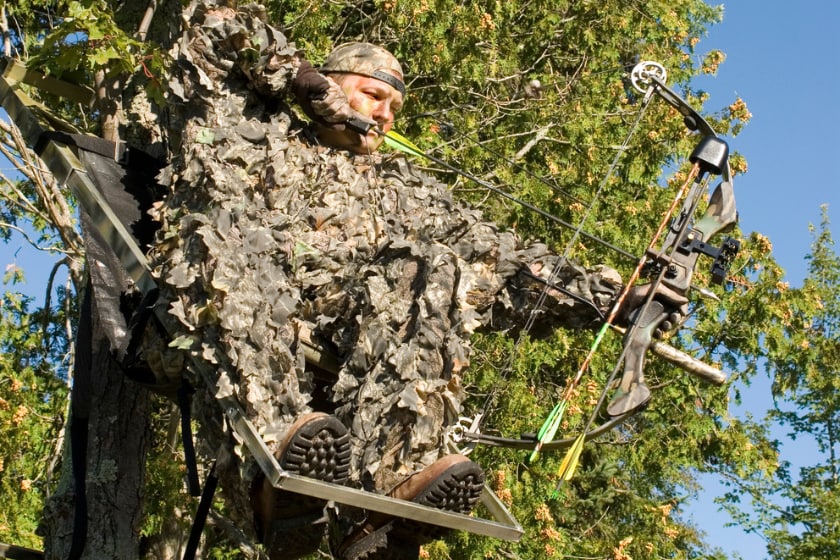
Professional whitetail hunter Jim Hole Jr. once stated that if it takes you thirty minutes to setup your treestand, you might still be going too fast. While this is likely hyperbole, there is still a great deal of truth to this. It’s easy to think that the quicker you get the stand hung, the quicker you can get out of there and minimize getting spotted. However, this more often than not has the opposite effect, and you end up spooking deer from being too loud as you rush through the process. Take it slow and be cautious. Treestands have a tendency to be loud as the metal smacks the tree as well as other parts of the stand. You can lower this risk by setting up at a slow and steady pace. Whitetail deer have phenomenal hearing and will remain on edge if they hear disturbance off in the distance.
Bring a Friend
This won’t be an option for everyone, but it has helped me tremendously over the years when I am moving my treestands. Having a friend with you can make taking down and hanging up a treestand much easier and more efficient. One of my good hunting partners and I make it a point to help each other move treestands during the season as the rut gets closer and bucks start to become more active and change their patterns. Having a system in place where I can lower treestands and climbing sticks to him, and have him carry them up to me as I am setting back up makes this process much smoother and keeps the disturbance to a minimum.
Know Your Entry and Exit Routes
Moving treestands during the season offers much less forgiveness than moving them during the offseason. That’s why it’s crucial that you have an entry and exit plan. One of the biggest factors that will keep people from harvesting mature whitetails is alerting deer on the way into the stand, and alerting them on the way out. This includes when you are moving treestands, not just hunting them. Ensure that you have easy access when transitioning your treestands and this will minimize the risk of spooking deer and running your spot altogether. After all, what good is an incredible treestand location if your access alerts every deer in the area?
Adapting to the ever-changing factors of whitetail hunting is one of the greatest keys to being successful in the whitetail woods. In order to adapt to these changes, you will have to move your treestands from time to time, often during deer season. Hunters tend to get nervous about the idea of moving treestands during the season, for risk that they may spook deer during the process and do more harm than good. However, with a good strategy in place, you can create a whole new setup in no time and remain completely undetected from that trophy buck. Good luck!
READ MORE: How To Fight Rifle Recoil While Deer Hunting
The post How to Smartly Move Treestands During the Season appeared first on Wide Open Spaces.

